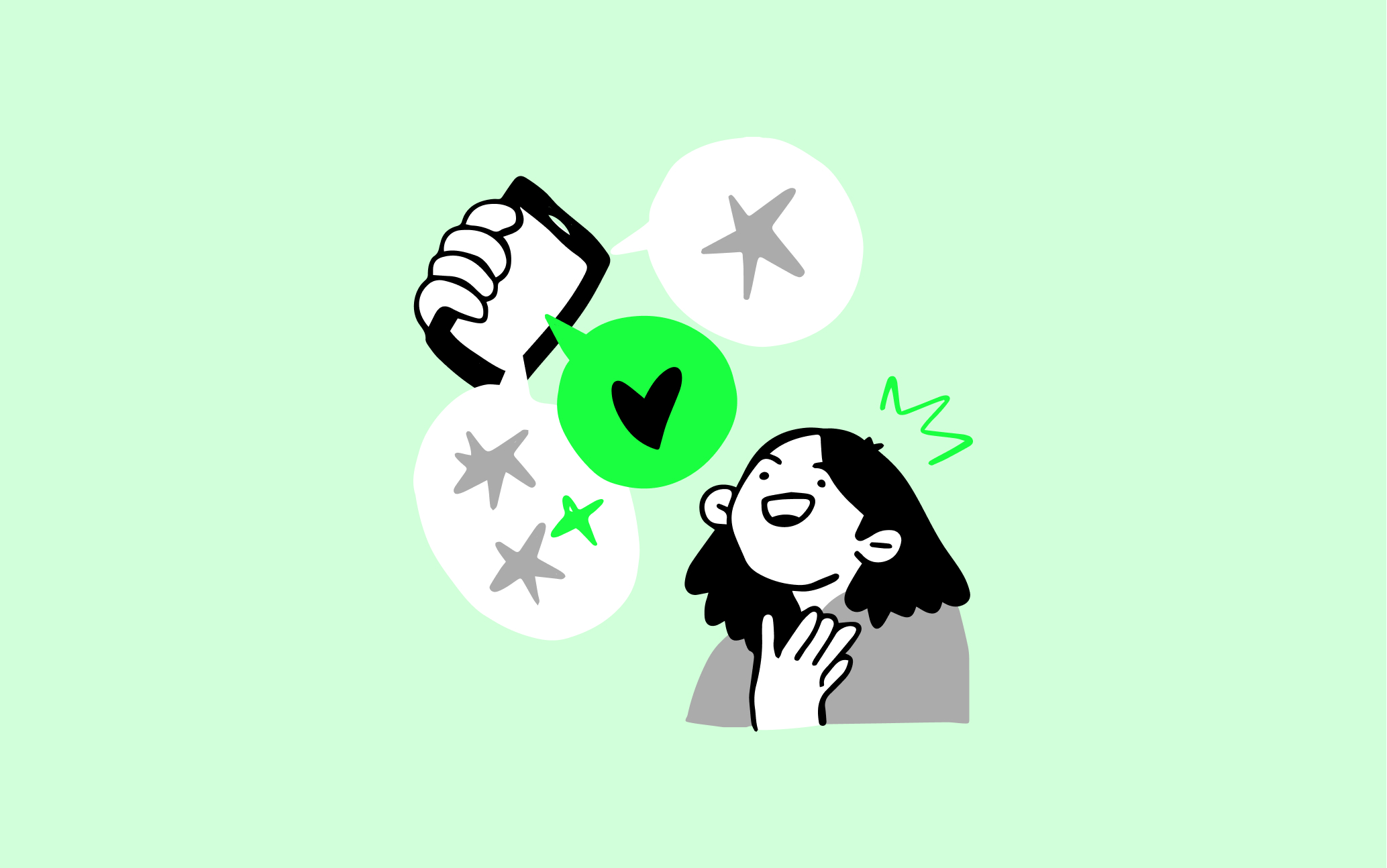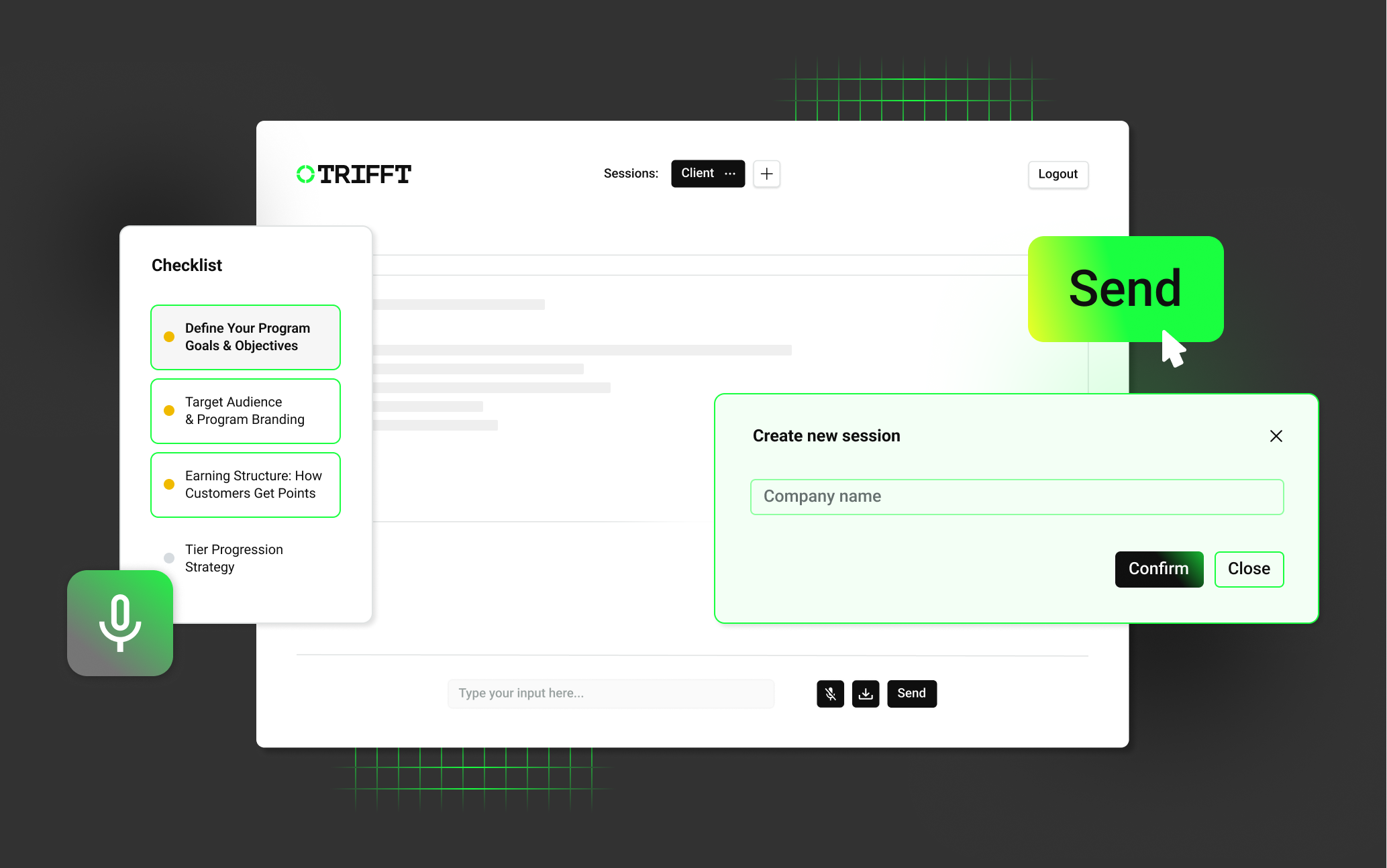There’s a big difference between them in our little corner of the world, but we understand if “Loyalty programs” and “Rewards programs” are often used interchangeably.
Still, there is a difference and that difference is important, especially for businesses searching for better ways to promote long-term customer relationships. Here are seven ways Loyalty programs and Rewards programs differ, along with reasons why Loyalty is usually the right way to go.
Long-term Engagement
Loyalty programs focus on cultivating ongoing customer relationships. They aim to build customer retention by rewarding continued interaction over time. The heart of any Loyalty program involves an ongoing back-and-forth between a brand that consistently meets customer demands and customers who look to a brand because they know it delivers exactly what they want.
By contrast, rewards programs may focus on one-off benefits or specific transactions. Buy this, you get that. Thanks and goodbye and maybe we’ll see you again. A Rewards offer may get short-term engagement but it’s a weak attempt at fostering true brand loyalty. It’s purely transactional and doesn’t build towards anything.
Personalization
Loyalty programs can leverage customer behavioral histories into the ability to offer personalized offers or experiences. Personalized rewards (based on shopping habits or preferences) create a deeper connection, making customers feel valued.
Rewards programs, on the other hand, might provide more generic incentives that don't necessarily cater to individual preferences.
One size definitely does not fit all and today’s customer expects personalized experiences tailored to their tastes.
Brand Affinity and Emotional Connection
Loyalty programs often tie rewards to more than just purchases, encouraging customers to engage with the brand in other ways (such as through social media, product reviews, etc.). This helps to create a sense of connection and emotional attachment to the brand.
Rewards programs typically focus on earning points or discounts through purchases, which can feel more transactional.
Loyalty’s more broad-based approach incorporates more touchpoints and creates a deeper sense of engagement than one-off transactions from Rewards programs.
Tiered Benefits
The greater options made possible by Loyalty programs enable tiered levels (bronze, silver, gold, etc.), which can both encourage customers to increase their engagement to unlock more benefits as they climb higher and appeal to a wider group of customers. This aspirational aspect of the customer experience is central to any good Loyalty program.
Rewards programs are typically simpler and may not offer such a structured pathway for engagement. After all, when you have no history to base your offer on, how can you do anything but offer a generic incentive aimed at as many people as possible?
Higher Retention Rates
Loyalty programs are designed to encourage repeat purchases by offering long-term incentives and fostering a stronger customer-business relationship. Again, it’s about using one touchpoint to build into another, one interaction that leads to another, etc.
Retention is nearly always more cost-effective than acquiring new customers and this angle alone often makes Loyalty programs the better way to go, with all the other benefits combining to make a very nice cherry on top.
Rewards programs, while potentially motivating some repeat purchases, don’t always create the same level of commitment. There’s no lasting effect to a single response to a Rewards program — each one is a self-contained end in itself.
A Richer Variety of Benefits
Loyalty programs can go beyond just discounts and points to include exclusive experiences, early access to products, members-only events or any number of other business-specific treats that customers will love.
Rewards programs, with their limited ability to differentiate between customers, are limited to discounts or free products, offering fewer dimensions to the customer relationship.
Increased Customer Advocacy
Customers who are part of a loyalty program are more likely to become brand advocates, promoting the brand to friends and family. Loyalty programs often build a sense of community around the brand, which can lead to organic referrals and word-of-mouth marketing. After all, these customers are getting things that are worth talking about.
Rewards programs, in contrast, tend to focus on immediate, individual gains without encouraging as much brand advocacy.
The Bottom Line
Loyalty programs are designed to build long-term relationships, offering personalized, tiered benefits and promoting emotional connections with customers. Rewards programs, while still effective, often focus more on short-term incentives tied to purchases. The deeper engagement, personalization, and sense of belonging offered by Loyalty programs make them more effective for businesses aiming for sustainable customer retention.
Get Started With TRIFFT
Loyalty programs are the way to go if your goal is long-term customer relationships. With TRIFFT, you can easily implement powerful tools that build those relationships. Whether you want easy, out-of-the-box deployments designed for particular goals or customized paths leading anywhere you want to take your customers, TRIFFT can empower you to deploy a loyalty program that gets results.
Learn more about how we support different types of businesses or schedule a discovery call for a custom introduction to all that TRIFFT can do for you!








